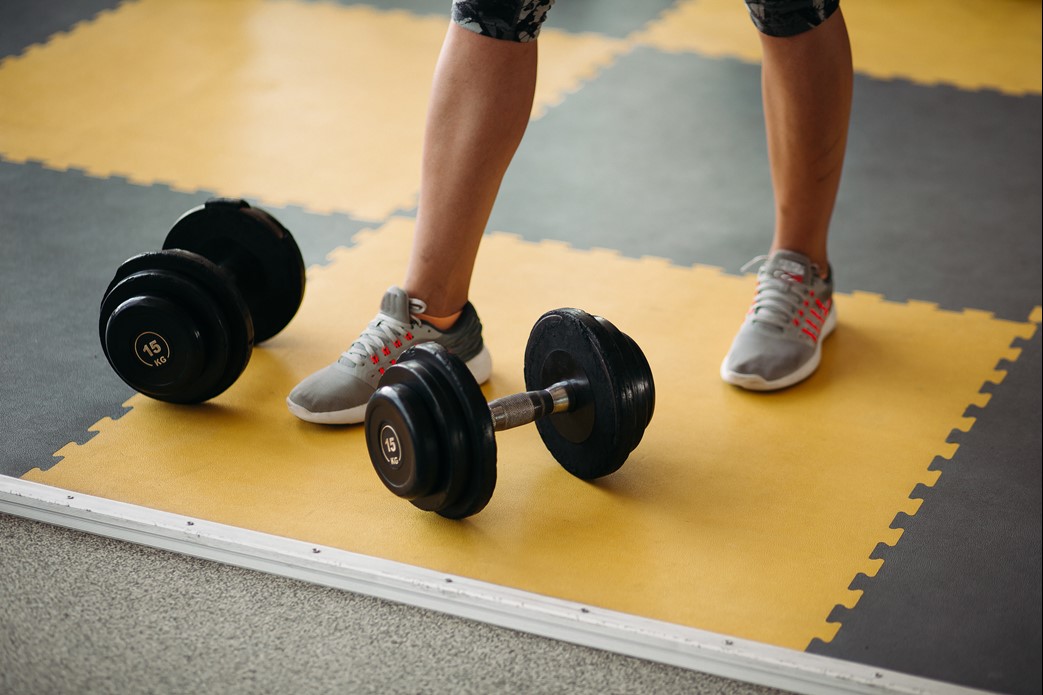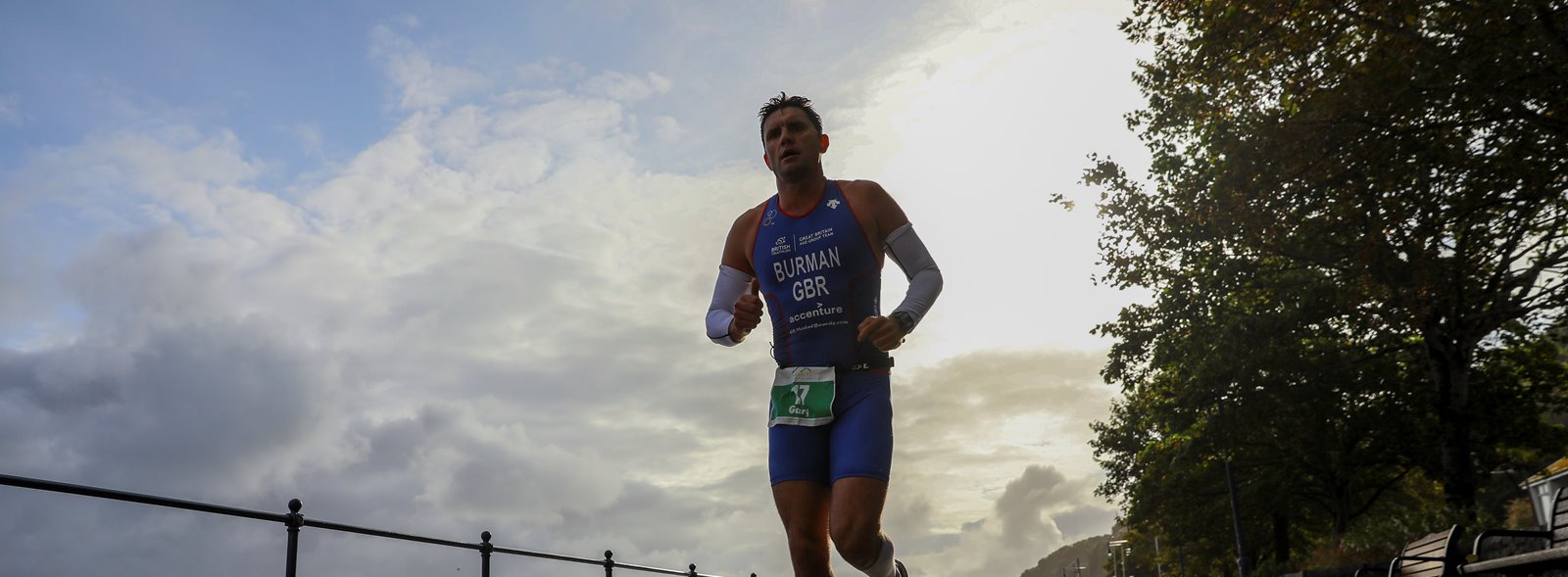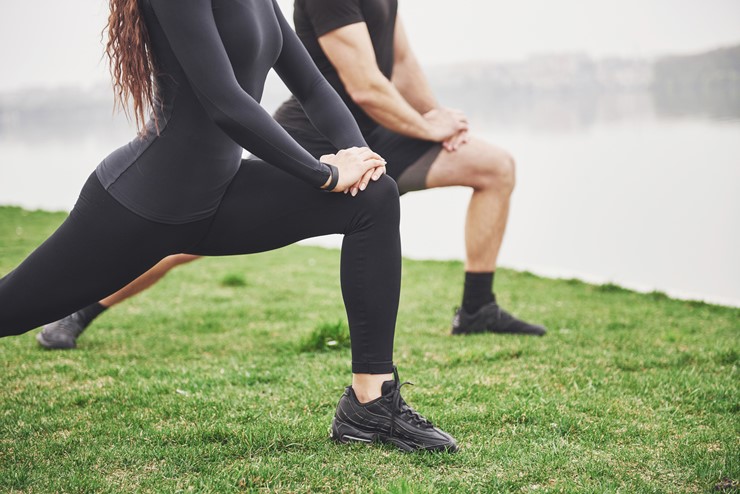Incorporating strength training and stretching into your training effectively
Hi, I’m Meg and I am a soft tissue and sport rehabilitation therapist working at The Swansea Clinic of Natural Medicine. As I’m sure you all know, being a competitive sports person comes with its many challenges and being able to tolerate the physical demands of training and racing is certainly one of them!
The most important thing I always tell people is don’t wait for problems to arise, ensure you’re daily taking into consideration the factors that will impact your performance including recovery, stretching, strength work, hydration, nutrition and sleep, particularly when heading into racing reason! Nailing these factors will transform you from a good athlete to a great athlete! This article will be focussing on the insights into why strength training and stretching are important and give you a guide on how you could incorporate them effectively into your training.

Strength training-
Being strong is important and no this doesn’t mean you have to become the next Eddie haul, it means training 1-2 times a week in the gym focussing on full-body strength work. This will build a really solid foundation for you to maintain a positive transfer of strength and power across the entire body whilst running, swimming or cycling.
The benefits of strength training include:
🔘Transfer of power and strength into your sport
🔘Increase capacity to endure high training volume
🔘Builds resilience to muscles, tendons, ligaments and bones
🔘Reduces injury risk
🔘Increases fluidity of movement within your sport
Here’s an example of what an efficient strength session for a triathlete would look like>
- Leg press / back squats (85% of 1RM) should be roughly 2 reps reserved - 5 reps x 4 sets
- Superset = Face pulls with glute bridge - 8 reps x 3 sets
- Superset = (75% of 1RM) Romanian deadlift with overhead press - 6 reps x 3 sets
- Accessory work - finish off with any additional exercises you want to be involved e.g. core / work ons for any weaknesses you may have.
There is a low in volume, effective, full-body workout you could do twice a week and there you have it all the fundamental movements for performance enhancement and injury prevention!
Superset = two exercises one after another without rest - rest comes after the superset
Triset = three exercises back to back with no rest
1RM = one rep max, what you could maximally perform in one repetition.
Stretching
When it comes to stretching it's important to understand when to implement it into training to gain optimal benefits. It’s often misunderstood that stretching before training or competition is going to benefit your performance when as a matter of fact I recommend against it. When you statically stretch (hold a stretch in one position for a length of time) you’re increasing the elasticity in your muscles. Think of your muscles like an elastic band, when you put it under a stretch and let it go quickly it has power behind it, however, if you held the elastic band in that position for a longer period of time it loses its power and returns to its position much slower. The same applies to your muscles, you want the power transfer in your muscles to be able to move faster and maintain fluidity throughout your race, so avoid holding a stretch for a long duration before you start. Whilst you shouldn’t neglect tightness, it’s best to be dealt with post-session or competition when it doesn’t matter about reserving power in your muscles. Instead, I recommend getting you warmed up properly with what we call in the strength and conditioning world a RAMP warm-up:
R- Raise your heart rate (easy jog/swim/cycle for 10-15 mins)
A- Activate your muscles (e.g. perform a glute bridge, crab walks, fast press-ups/ plank hold until you feel the muscle you want to target working. This is to engage and utilise the key muscle groups used within your event. I suggest using a loop resistance band and placing above your knees for the glute bridges and around the ankles perform crab walks.
M- Mobilise - opposed to stretching statically, practice moving your joints through the ranges you’ll go through during for your performance. For example leg kick outs, open gate / close the gate (hip range), arm swings for roughly 10 reps or until the movement feels smooth and comfortable.
P - Potentiate - we potentiate so we can get our neuromuscular system ready to move fast. This involves explosive, activation exercises so that we can ‘fire’ quicker during performance. This would involve pogo jumps, A-skip, B-skip drills finishing off with several sets of strides at about 80% effort.
If you would like to learn more you can follow my page @stratton.sports.therapy or come and see me at the clinic - 20 Walter road, Uplands, Swansea.






